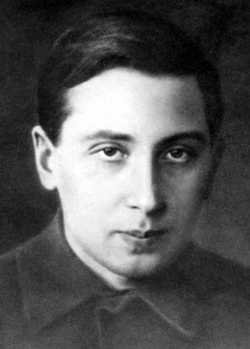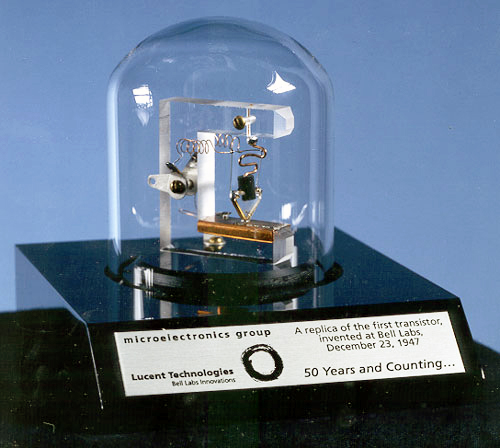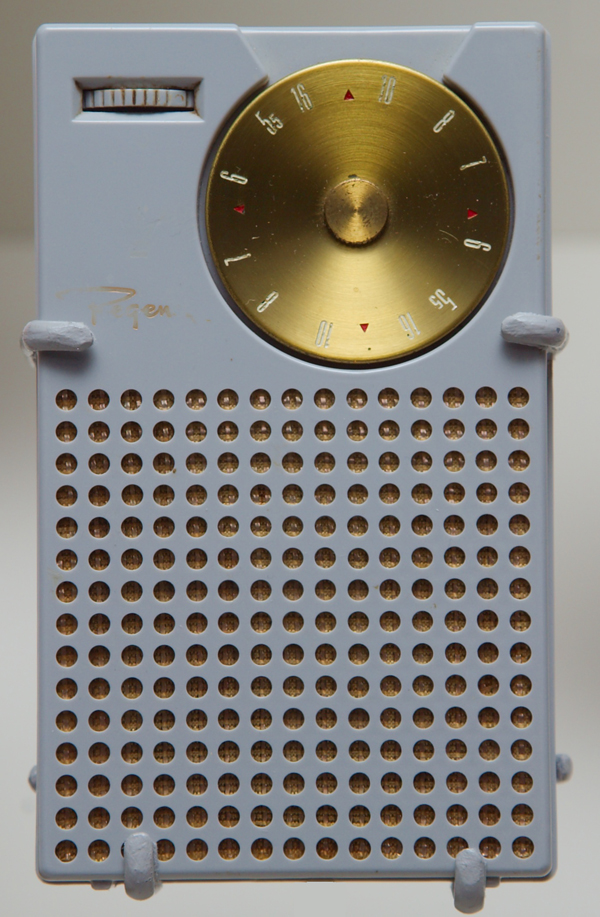An Unexpected Future
Today, the semiconductor rewrites our future. The University of Houston's College of Engineering presents this series about the machines that make our civilization run, and the people whose ingenuity created them.
It's unsettling -- how we shape what we see to fit our expectations. Of course, it's so hard to separate objective truth from expectation. An engineer's work is fraught with checks and cross-checks. But one place that care does us no good at all is in our responsibility for shaping the future.
Our work of creating technological futures, when it's impossible to predict any future, is really pretty weird. We try to form a view of where we're headed, then build in that direction. Well, you see the looming trap here: The direction our technology is headed is the direction of our ever-fallible expectations.
So an example: The semiconductor and its offspring the transistor. A semiconductor is a crystal material with special electric conduction properties. First, expectation: In the 1930s we all saw a future of magically improved transportation systems. We would live with 200-mile-an-hour highways, cars that could spread wings and fly, dirigible service within cities ... That's the world we engineers expected to build as the smoke of WW-II cleared.
Who had any idea that the transistor would change all that. Much more than travel, communication would bind us together. When I found myself working on transistor development in 1954, we were all still thinking that our hi-tech future lay in transportation. We didn't get the memo, even though it lay squarely before us.
 The transistor might be traced to the Light Emitting Diode -- the now omnipresent LED. Twenty-four-year-old Russian inventor Oleg Losev showed how it was possible to create LED light from a semiconductor material. That was 1927, the same year Lindbergh riveted a transportation-obsessed public with his New York to Paris Flight.
The transistor might be traced to the Light Emitting Diode -- the now omnipresent LED. Twenty-four-year-old Russian inventor Oleg Losev showed how it was possible to create LED light from a semiconductor material. That was 1927, the same year Lindbergh riveted a transportation-obsessed public with his New York to Paris Flight.
Losev went on to write many papers on semiconductors and their properties. By 1942, he appeared to be converging on the next great part of that idea -- that semiconductors could also be used to amplify and switch electric signals -- they might be made into the transistors that would later replace radio tubes.
But that was the same year that he starved to death in the terrible German siege of Leningrad. Still, the semiconductor was now out there brandishing its potential. In the 1950's, engineers awakened to the amazing things that might be done with transistors. And today we don't live an hour of our day without using the transistor in many of its sub-visible forms. We hardly turn our heads without looking at a low energy LED light source.
So how did technology trump expectation? It did so because of the very strange fact that our technologies are our teachers. We make something new, and only then does it reveal its capacity for redirecting our lives. Losev gave us a new idea. Others eventually became alert to the capacities within that idea. But the final step in that process was the transistor revealing all it could do. That was when it rewrote our human future.
I'm John Lienhard, at the University of Houston, where we are interested in the way inventive minds work.
See the Wikipedia entries for Semiconductor, for Transistor, for Oleg Losev, and for Transistor radio. All images courtesy of Wikimedia Commons.

A replica of the first transistor made at Bell Labs in 1947.

The Regency TR-1, first transistor radio. Texas Instruments, 1954
This episode was first aired on July 27, 2011